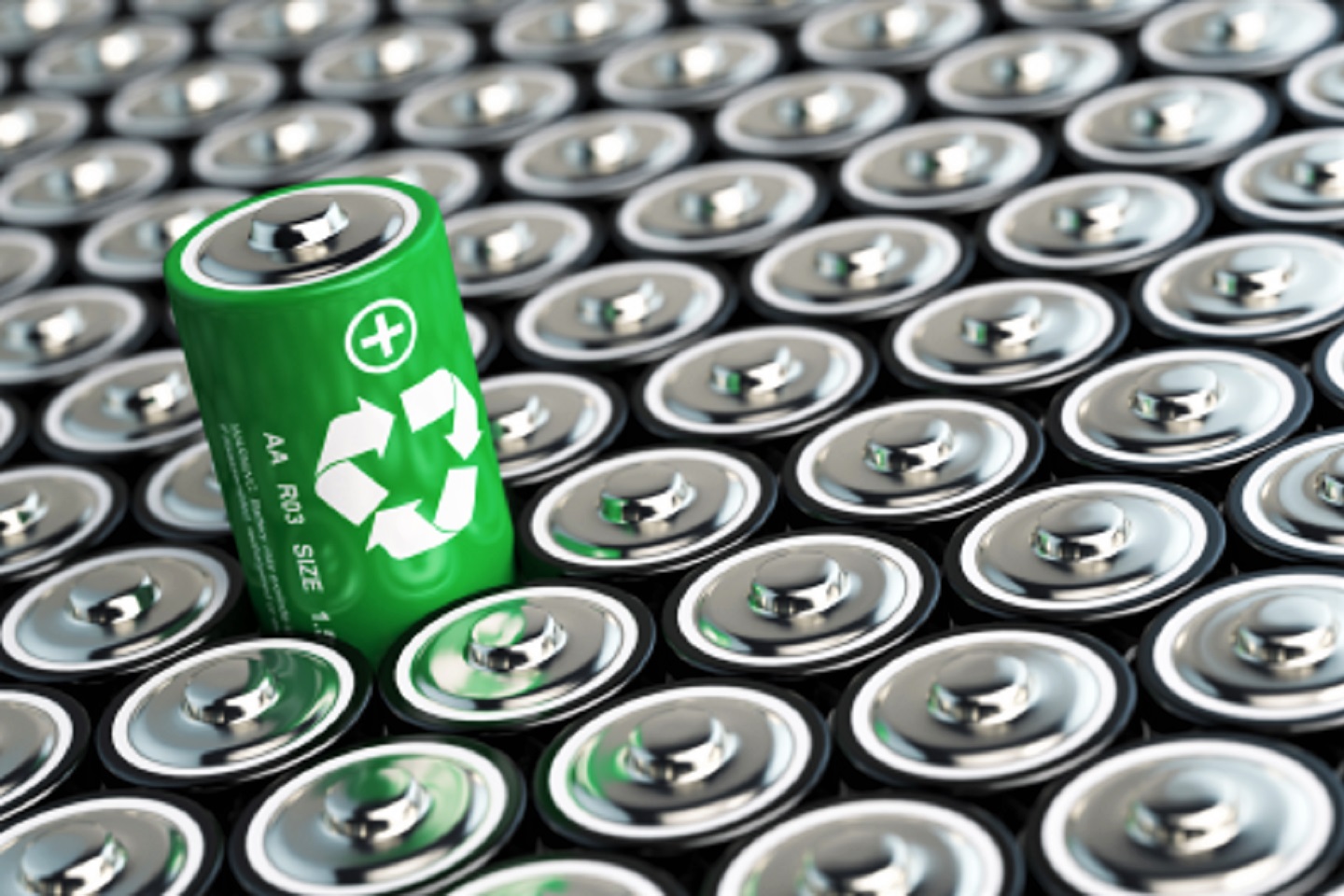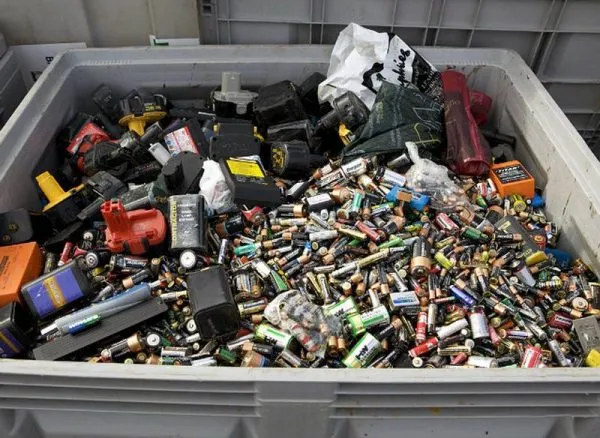

"The current method of simply shredding everything and trying to purify a complex mixture results in expensive processes with low value products," says Andrew Abbott, a physical chemist at the University of Leicester. And even when Li batteries are broken down this way, the products aren't easy to reuse. But Li batteries are made up of lots of different parts that could explode if they're not disassembled carefully. In your average battery recycling plant, battery parts are shredded down into a powder, and then that powder is either melted (pyrometallurgy) or dissolved in acid (hydrometallurgy). Why environmental lawsuits are on the rise.The latter are typically larger, heavier, much more complex and even dangerous if taken apart wrong. One reason is that the most widely used methods of recycling more traditional batteries, like lead-acid batteries, don't work well with Li batteries. Currently, lithium (Li) ion batteries are those typically used in EVs and the megabatteries used to store energy from renewables, and Li batteries are hard to recycle. While this may sound like the ideal path to sustainable power and road travel, there's one big problem.

And grid-scale systems the world over are growing rapidly thanks to advancing battery storage technology. In fact, according to BloombergNEF, two-thirds of the world's passenger vehicle sales will be electric by 2040. Audi's goal is to stop producing them by 2033, and many other major auto companies are following suit. General Motors announced earlier this year that it plans to stop selling gas-powered vehicles by 2035. This electrified future is much closer than you might think.
LITHIUM BATTERY DISPOSAL GENERATOR
Meanwhile, gas-powered generator sites that dot the horizon may be retrofitted to house massive batteries that could one day power entire cities with renewable energy. The overpowering smell of gas stations will fade away into odourless charge stations where cars can re-juice their batteries as needed. Take these batteries to the RFK Stadium Lot 3 Special Waste Collections Event on the Thursday/Saturday schedule on the HHW page.As the quiet whirr of electric vehicles gradually replaces the revs and noxious fumes of internal combustion engines, a number of changes are set to filter through our familiar world.Do not put lithium-based batteries into your regular or bulk trash collection.Similarly, cordless power tools use battery packs that are greater than 9 volts and/or lithium-based.īatteries pose a special issue since they may contain harmful metals that can be dangerous to the environment and toxic to humans and animals. Also, hearing aids, watches and keyless remotes typically involve button cells, containing lithium. Lithium-based batteries are most commonly found in cell phones, digital cameras and laptops. Most commonly used batteries – A, AAA, C, D, 6-volt and 9-volt – don’t need to be taped unless their packaging identifies them as lithium-based. Residents are asked to tape lithium-based batteries as well as batteries of greater than 9 volts so they don’t cause a fire while being transported to a recycling center. These batteries should be placed in a container separate from other batteries that don’t require being taped.

To safely dispose of batteries with lithium or batteries of greater than 9 volts, put clear packing, masking or electrical tape on the batteries’ terminals or sandwich the batteries between two layers of tape (e.g.


 0 kommentar(er)
0 kommentar(er)
